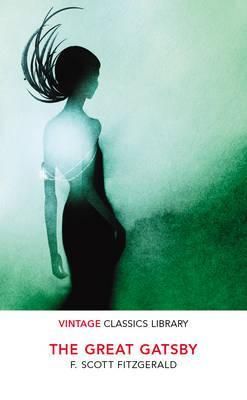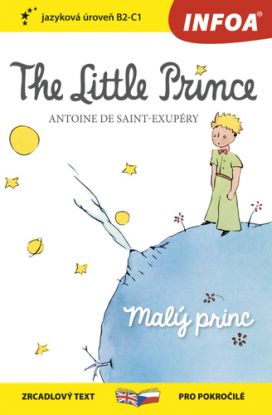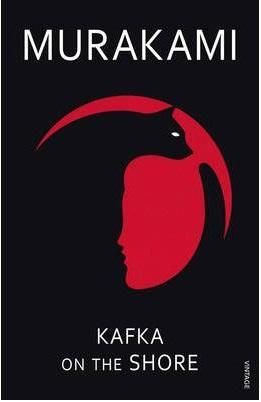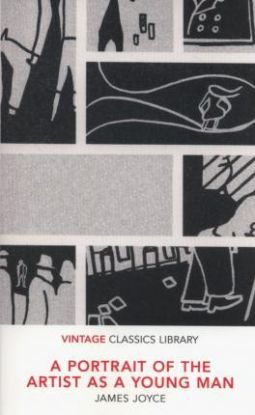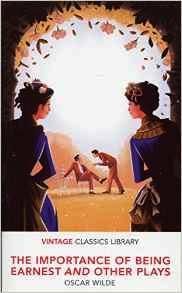- Počet strán: 396
- Väzba: tvrdá
- EAN: 9783836517751
- Jazyk: anglický
- Dátum vydania: 1. januára 2010
- Vydavateľstvo : Taschen
The First Six Books of the Elements of Euclid
Werner Oechslin
Red, yellow, blue – and of course black – are the colours that Oliver Byrne employs for the figures and diagrams in his most unusual 1847 edition of Euclid, published by William Pickering and printed by Chiswick Press, and which prompt the surprised reader to think of Mondrian. The author makes it clear in his subtitle that this is a didactic measure intended to distinguish his edition from all others: "The Elements of Euclid in which coloured diagrams and symbols are used instead of letters for the greater ease of learners." Byrne is not content to trust solely in the supposed intuitive "logical" structure of Euclid's axioms and theorems – who doesn't know the first famous sentences of Euclid's Elements: "I. A point is that which has no parts. II. A line is length without breadth"? –, but translates them into colourful diagrams and symbols. He thereby thinks in terms of the school classroom: he compares his colours to the dyed chalks in which figures are drawn on the blackboard. Oliver Byrne (c. 1810–c. 1880) was an Irish author and civil engineer. Little is known about his life, though he wrote a considerable number of books. As Surveyor of Her Majesty's Settlements in the Falkland Islands, Byrne had already published mathematical and engineering works, but never anything like his edition on Euclid. This remarkable example of Victorian printing has been described as one of the oddest and most beautiful books of the 19th century. Each proposition is set in Caslon italic, with a four-line initial, while the rest of the page is a unique riot of red, yellow and blue. On some pages, letters and numbers only are printed in colour, sprinkled over the pages like tiny wild flowers and demanding the most meticulous alignment of the different colour plates for printing. Elsewhere, solid squares, triangles and circles are printed in bright colours, expressing a verve not seen again on the pages of a book until the era of Dufy, Matisse and Derain.
- Počet strán: 396
- Väzba: tvrdá
- EAN: 9783836517751
- Jazyk: anglický
- Dátum vydania: 1. januára 2010
- Vydavateľstvo : Taschen
Red, yellow, blue – and of course black – are the colours that Oliver Byrne employs for the figures and diagrams in his most unusual 1847 edition of Euclid, published by William Pickering and printed by Chiswick Press, and which prompt the surprised reader to think of Mondrian. The author makes it clear in his subtitle that this is a didactic measure intended to distinguish his edition from all others: "The Elements of Euclid in which coloured diagrams and symbols are used instead of letters for the greater ease of learners." Byrne is not content to trust solely in the supposed intuitive "logical" structure of Euclid's axioms and theorems – who doesn't know the first famous sentences of Euclid's Elements: "I. A point is that which has no parts. II. A line is length without breadth"? –, but translates them into colourful diagrams and symbols. He thereby thinks in terms of the school classroom: he compares his colours to the dyed chalks in which figures are drawn on the blackboard. Oliver Byrne (c. 1810–c. 1880) was an Irish author and civil engineer. Little is known about his life, though he wrote a considerable number of books. As Surveyor of Her Majesty's Settlements in the Falkland Islands, Byrne had already published mathematical and engineering works, but never anything like his edition on Euclid. This remarkable example of Victorian printing has been described as one of the oddest and most beautiful books of the 19th century. Each proposition is set in Caslon italic, with a four-line initial, while the rest of the page is a unique riot of red, yellow and blue. On some pages, letters and numbers only are printed in colour, sprinkled over the pages like tiny wild flowers and demanding the most meticulous alignment of the different colour plates for printing. Elsewhere, solid squares, triangles and circles are printed in bright colours, expressing a verve not seen again on the pages of a book until the era of Dufy, Matisse and Derain.

200 078 kníh na sklade ihneď k odoslaniu

Poštovné zadarmo pre nákupy od 20€

Rezervácie v 61 kníhkupectvách










